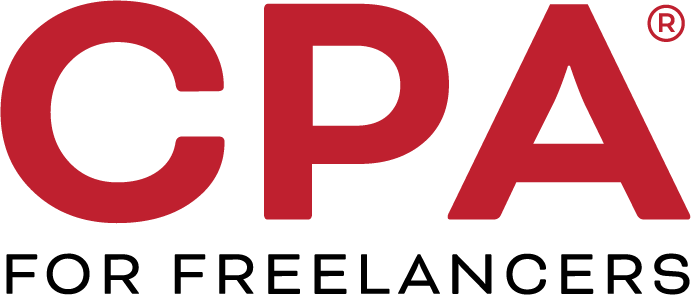If you’re a lucky college graduate, you may be familiar with 529 plans—a savings vehicle specifically designed for those who need to put money aside to cover the costs of higher education. Perhaps your parents or grandparents set up a 529 plan for you and maybe you are now contemplating using one to save for your child’s future education or even to offset the cost of continuing your own education. There’s no doubt that saving for college instead of relying solely on student loans is a smart move, but there’s another big financial benefit to stashing cash in a 529 plan: you’ll save significant tax dollars as well.
Your 529 plan primer
Before we get to the tax savings…there are a few things you need to know about 529 plans. For starters, there are two types of 529s—both are college savings plans that allow funds to grow tax-deferred and be used tax-free for qualifying education expenses. The difference is that 529a plans, also known as prepaid tuition plans, let you purchase tuition credits now for use in the future. In contrast, a 529b plan (which is the focus of this article) is also referred to as a college savings plan. The money you (or others) contribute to a 529b plan is invested in one or more specific investment portfolios with a designated beneficiary.
Making the most of 529b plan tax advantages
There are some simple strategies you can use to get the most out of your 529 savings plan contributions:
- Invest up to your plan’s annual limit (which varies from plan to plan) every year to maximize total contributions and reduce your taxable income. These limits are per beneficiary, so if you and your mother each set up an account for your child in the same plan, your combined contributions can’t exceed the plan limit.
- If the beneficiary of the 529b plan receives scholarship funds, they can be deposited into the 529 account and then withdrawn to pay for qualified expenses without having to pay the 10 percent tax penalty. If the scholar is lucky enough to receive a full scholarship and the funds are not needed, keep in mind that the funds can still be used for advanced degrees, some room-and-board expenses or transferred to another beneficiary.
- Keep in mind that a contribution of $14,000 a year or less qualifies for the annual federal gift tax exclusion.
- You can gift a lump sum of up to $70,000 ($140,000 for joint gifts) and avoid federal gift tax, provided you make an election to spread the gift evenly over five years. This is a valuable strategy for reducing assets from your taxable estate.
Educate yourself on the rules for using 529 plan proceeds
Any investment income that you earn from this type of education savings account can be withdrawn, tax-free, as long as it is used to pay qualified education expenses for the designated beneficiary. Qualified higher education expenses generally include tuition, fees, books, supplies, and equipment required for enrollment or attendance at an “eligible” educational institution. In addition, the definition includes a limited amount of room-and-board expenses for students attending college on at least a half-time basis.
You will need to substantiate that the money you withdraw from your 529 plan is being used for qualifying expenses. Many 529 plans require that the college be paid directly for education expenses; others will prepay or reimburse the beneficiary for such expenses (receipts or other proof may be required). If you make a nonqualified withdrawal, the earnings portion will be subject to federal income tax, and the tax will typically be assessed at the account owner’s rate, not at the beneficiary’s rate—as well as being subject to a 10 percent federal penalty, and possibly a state penalty too.
Study the state-specific tax advantages of 529 savings plans
There are some state-specific tax advantages related to 529 plans that you may wish to investigate to see if you can benefit from them. For example, if you are a New York resident attending college (for undergraduate or graduate studies), you can contribute to a 529 plan and then use the money to pay tuition. There are limits to the amount you can contribute that is tax deductible, ($5,000 for singles or $10,000 for married individuals) but the tax savings are still significant when you think about the combined 10 percent tax rate that a tax filer paying New York State and New York City taxes would be subject to. By using a 529 as a tax shelter, they could save $500 to $1,000 a year on their tax bill. Not too shabby.
529 plans are not a “use it or lose it” proposition
If you like the idea of contributing to a 529 plan but are concerned about tying up money in case the intended beneficiary doesn’t end up pursuing higher education, remember that you can change the beneficiary to another family member (a sibling, first cousin, grandparent, aunt, uncle or yourself, for example), so you can likely put that money toward education for some future scholar—including those working toward alternatives to the standard four-year degree such as a two-year associate degree or a certificate from a trade or vocational school.
If you had a 529 plan yourself and there are still funds left in it that you don’t want or need for education purposes, you can withdraw the money, or cash out the plan. You will pay income tax and a 10% penalty on the earnings, but not on your contributions. If this money is a windfall, you may want to put it away in your retirement saving account, offsetting the tax penalty with a reduction to your current taxable income.
Jonathan Medows is a New York City-based CPA who specializes in taxes and business issues for freelance and self-employed individuals across the country.


